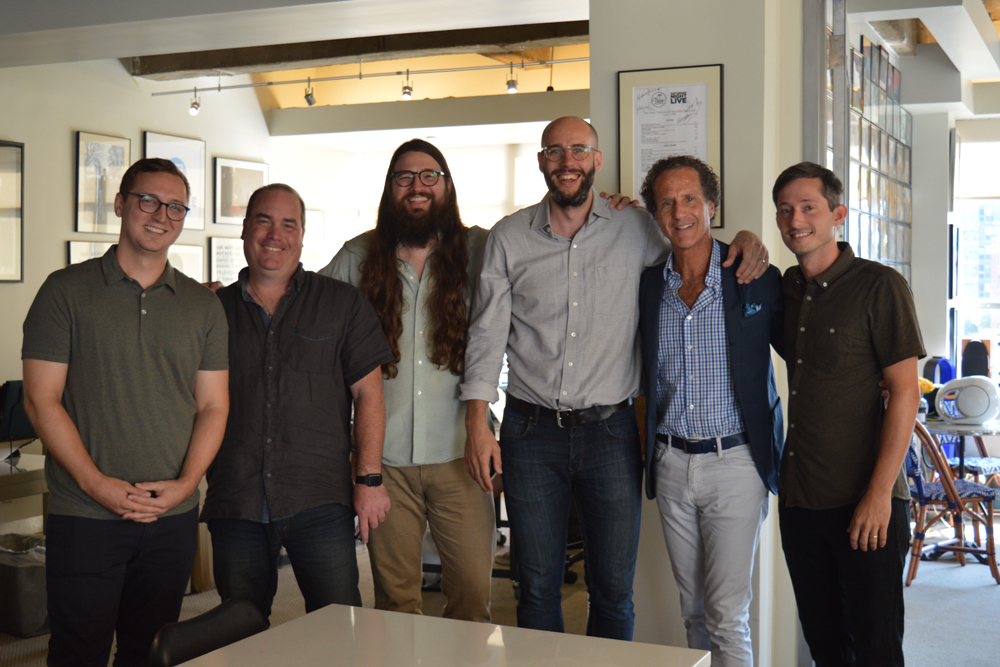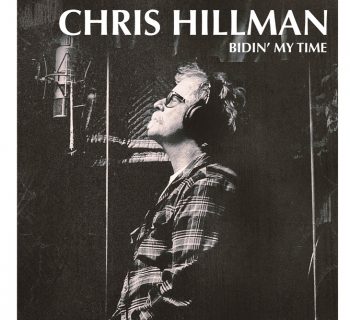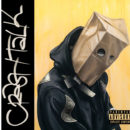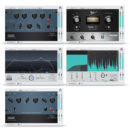While radio airplay used to be the lifeblood of a hit (and in some cases still is), today it’s the streaming service playlist that really sets the tone for listener music discovery.
If a track is added to a popular playlist, its streams will spike and listeners will add it to their personal playlists, which sometimes adds a viral element that spreads to playlists on other networks as well. What’s more, hot playlists are now watched by radio programmers to see both what’s trending and what’s not.
The problem is that while the playlist culture has been great for music discovery for the listener, it turns out it hasn’t been that great for artist development. Where before listeners were getting to know the artist’s music via multiple songs on an album, that’s all changed as streaming has made the business more song-driven instead of artist-driven.
As a result, songs tend to come and go faster, as do artists. The good news is that means there are always spots open on popular playlists for new songs. The bad news is that it’s more difficult for an artist to get long-term traction.
That said, Spotify and Apple Music playlists are getting harder and harder to crack, especially if you’re not on a major label. Here are a few tips from my Social Media Promotion For Musicians 2nd Edition handbook that can land you a spot on a Spotify playlist or on any other streaming service.
Key #1: Verify your profiles
The first thing you have to do is make sure you have a presence on the service itself. In-house playlist curators will usually not feature anything by artists who’ve not already verified their profile on the streaming platform.
To verify your Spotify account you must first submit your account for verification. This requires:
• Your Spotify URL link
• Your Spotify personal username
• Your artist profile name
• Your Twitter account
On Apple Music, claim your artist profile via Connect.
Key #2: Get some followers on the streaming platform
You don’t need millions of followers or streams, but you do need enough to get a curator interested. Now’s the time for a social media or email campaign to turn those fans into followers.
Key #3: Make sure your online presence is ready
If a curator is interested in your music, he or she will probably check you out further by looking at your website, photos, press, social media, upcoming gigs and all the things that most industry execs look at. If you’ve been diligent about your online presence, here’s where that all comes into play.
Key #4: Find some playlists to follow.
Find some playlists that you love and begin to follow them with the idea of learning if your music is a fit. Don’t limit yourself to Spotify’s in-house curators. In this game, all curators count because the idea is to ultimately get on a number of smaller playlists first so you’ll be noticed by the Spotify team, so expand your horizons a little. Also make sure to follow them on social media, and make comments where and when you can.
Who should you follow? How about:
• Music bloggers and music news websites
• Magazines and weeklies
• Political figures
• Authors and poets
• Radio stations
• Other bands and artists
• Brands
• Music fans
• Spotify curators (or the curators on the service or your choice)
• And finally, your own playlist (you do have one, don’t you?)
Key #5: Make your pitch
Make sure that the playlist owner is well aware of you before you begin your pitch. You’ll be taken much more seriously if you’re recognized as a supporter rather than someone just cold-calling. Send a personally crafted email to the playlist owner or curator. Make it brief and to the point and tell them why you think your song is perfect for their list. Be as specific as you can and avoid being long-winded. If a curator has a submission policy, make sure that you follow it to the letter or chances are your submission won’t even be read.
Remember that some curators for the larger lists make their playlist selections in a fairly closed environment, so they don’t allow pitches and will usually make that clear in their submission policy. If that’s the case, it’s best to respect their guidelines and not hassle them. You’ll need to get on other some other playlists first before before you’ll get noticed.
Yes, There’s Such A Thing As Playlist Promotion
Not surprisingly, pay-to-play has come to the digital age as a new form of payola that now attempts to influence what consumers listen to. Playlist promotion, or “playola,” has become a big part of the promotional campaigns for many managers and labels.
Prices for playlist promotion can be as little as $100 to a small blogger with a modest following, to as much as $10,000 for a six-week campaign for a major playlist owner. A quick Google search will turn up dozens of promotion companies that specialize in trying to get your songs placed on playlists everywhere.
Just like in the old days of radio promotion, competition is now fierce for these playlist spots, so don’t be surprised if the prices continue to rise and placements harder to buy.
Just a few years ago, playlist promotion wasn’t even on the radar for most artists or bands, and that meant that there was far less competition for playlist slots. That said, record labels and managers were already ahead of the curve in that they were actively campaigning for the highest profile spots for their artists. Now that most of the music industry is aware of the importance of these lists, they’re getting tougher and tougher to crack, but it’s certainly not impossible. Follow the 5 keys above and you’ll have a great chance of finding a playlist slot, but remember, it’s all for naught if your song doesn’t rock.
BOBBY OWSINSKI is a producer/engineer and one of the best selling authors in the music industry with 23 books that are now staples in audio recording, music, and music business programs in colleges around the world, including the Social Media Promotion For Musicians, The Mixing Engineer’s Handbook, Music 4.1 Internet Music Guidebook, and more. Visit his music production blog at bobbyowsinskiblog.com, his Music 3.0 music industry blog at music3point0.com, his Forbes blog at forbes.com/sites/bobbyowsinski/, his podcast at bobbyoinnercircle.com, and his website at bobbyowsinski.com.













